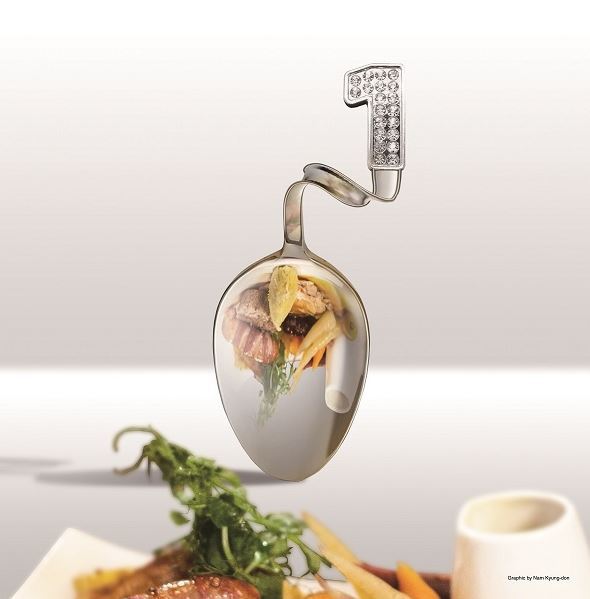One of the newest cultural trends sweeping the nation is all about the art of being alone.
From eating, drinking, shopping and living solo, this new trend seems to defy the once cultural norm of “togetherness.”
With the phenomena of “honsul” and “honbap” -- meaning to “drink alone” and “eat alone,” respectively -- there no longer appears to be social stigmas attached to requesting a table for one. Nor is there a corresponding gasp of dismay or pity for one going to a bar solo and enjoying a cocktail or two.
 |
(Nam Kyun-don / The Korea Herald) |
The trend is so prevalent that it inspired cable channel tvN to come up with a romance drama last year called “Drinking Solo,” starring Ha Seok-jin and Park Ha-sun.
The number of single-person households in Korea is also on the rise. According to data from Statistics Korea, the number of single households in Korea was 27.2 percent in 2015, five times higher than the number living alone in 1990. The agency estimates that the figure will reach 30 percent of all households by 2021.
Even the number of people watching movies in theaters alone has seen a slight spike. Data from CJ’s CGV cinema theater revealed single-person ticket sales make up around 18 percent of total ticket sales. It expects the figure to grow in the coming years.
Contrary to what some people may believe, the trend is not limited to singles and does not necessarily stem from not having anyone to do such activities with.
For office worker Lee Jin-ah, 29, being married does not mean she does not enjoy dining and drinking solo.
“I tend to drink alone about once or twice a week, but not out at a bar, just at home by myself,” said Lee. “Still even at home though, I eat alone often because my husband and I have different work hours, so we cannot always have dinner together. But I don’t just eat alone at home, I eat lunch by myself outside almost every day.”
“Honestly, I quite enjoy eating lunch alone during weekdays,” she says. “Part of it has to do with the fact that I prefer not having to eat with co-workers. Eating with co-workers usually means having to talk about work, or each other’s personal lives, which is not what I want to do during my lunch break. Because I do consider it my break time, I just like to relax and eat my lunch in peace before I have to go back to the office.”
A joint survey of 1,418 adults, conducted by employment sites Alba and Job Search last year, found that 72 percent of the respondents eat lunch by themselves. Of the respondents, 41.6 percent said they eat alone to keep their mealtime simple, 16.8 percent said it was to save time, and roughly 14 percent said they just wanted some time alone.
Only 27.6 percent of the survey participants admitted to eating alone because they have no one to join them. When asked if they felt uncomfortable dining alone at a restaurant, 83.8 percent said no.
Last November, the Ministry of Food and Drug Safety conducted a study on 2,000 Koreans (1,028 males and 972 females, from 17 cities and provinces) aged 20 to 40 who had consumed alcohol within the last six months.
According to the study, 66.1 percent of the participants said they had consumed alcohol alone, with 25.5 percent saying the number of times they drank solo has increased within the last six months.
“I know there are some people out there who consider this culture of eating and drinking alone like some kind of social issue, like being a loner. I think this could be true in other societies, but here in Korea, I don’t really think it is,” Lee added.
“We live is a society that overly emphasizes togetherness. But I think you have to take into consideration that doing things alone is not bad. As we stress togetherness so much in Korean culture, I think the new generation is trying to get away from that. Just having someone there (to eat or drink with) does not mean you are living a happy, fulfilling life,” Lee said.
By Julie Jackson (
juliejackson@heraldcorp.com)








